With tales of conquest, dominance, victory, and chivalry, Assam has a great history, from the Paleolithic period to colonial conquest, backed by the innumerable stranded ruins, reverent yet thought-provoking shrines, grass carpeted cemeteries, and incredible wildlife like the endangered one-horned Rhinos. The heritage of Assam lies not only in its grand monuments but also in its natural wealth. Some of them have earned the UNESCO World Heritage Site tag and some are placed on the tentative list. So plan a trip to Assam to discover Mother Nature’s most fabulous creations as part of India tour packages.
Kaziranga National Park
Located on the edge of the Eastern Himalayan biodiversity hotspot, Kaziranga National Park is home to two-thirds of the world’s Great One-horned Rhinos population, along with elephants, tigers, panthers, bears, and many varieties of birds. Established in 1908 on the recommendation of Mary Curzon, Kaziranga is also home to the endangered Wild Asiatic Water Buffalo. Sprawling over an area of 430 Sq.km, it is the single largest undisturbed and representative area in the Brahmaputra Valley floodplain, and among the best national parks in India. Due to its unique natural environment, and the conservation efforts by the government and the authorities, the park was declared a World Heritage site by UNESCO in 1985. One can also go for trekking, bird watching, boat riding in Brahmaputra River while in Kaziranga.
Book Here : Kaziranga Tour Packages
Manas Wildlife Sanctuary
The Manas Wildlife Sanctuary or Manas National Park is a national park situated at the Himalayan foothills of Assam in India. It is one of the best for wildlife in Assam and among the top places to visit in Guwahati. Originally a game reserve since 1928, Manas became a Tiger Reserve in 1974, a UNESCO World Heritage Site in 1985, and a Biosphere Reserve in 1989. Then declared as a National Park in 1990. Contiguous with the Royal Manas National Park in Bhutan, the park is known for its rare and endangered endemic wildlife such as the Assam roofed turtle, hispid hare, red panda, golden langur, and pygmy hog. Manas is famous for its population of wild water buffalos. Manas is recognized not only for its rich biodiversity but also for its spectacular scenery and natural landscape which includes a range of forested hills, sedimentary grasslands, and tropical evergreen forests. It was also named one of the World Heritage Sites in Danger but was restored after extensive conservation efforts in 2011.
Also Visit : Top Wildlife Sanctuaries in Assam
Majuli Island (Tentative)
Majuli Island is one of the biggest River Island in the world lies on the Brahmaputra River in the northeastern state of Majuli Island is one of the biggest River Islands in the world and lies on the Brahmaputra River in the northeastern state of Assam. It is one of the popular places to visit in Assam and among the must-include places in Guwahati tour packages. The island is home to over 200 villages, inhabited by people from various ethnic origins. Along with its fascinating and unique culture and lifestyle, the island’s diverse ecosystem is not to be missed. Since 2004, this island is added to the tentative list of UNESCO Heritage Sites of India. One should surely visit the twenty-one Satras which are present on the island. Here, one can savor northeastern cuisine instead of seafood on this stunning island along with a fair taste of Assamese culture. Also home to colorful birds, one can explore this island by renting a bike/cycle which gives you a wonderful experience.
Must Visit : Stunning Islands of India
Iconic Saree Weaving Clusters of India (Tentative)
The Saree or sari is undoubtedly distinguishable as the Indian woman’s traditional attire and is essentially a valuable Indian contribution to the world’s cultural heritage and diversity. Traced to the Vedic civilization, the saree survives as a living traditional clothing, and it has no parallels in terms of versatility, the richness of color, texture, and variety of weaving techniques using different kinds of yarn, including cotton, silk, gold and silver thread. UNESCO added eight clusters where sari weaving in 2014 in the tentative list that includes Chanderi in Madhya Pradesh, Banaras or Varanasi & Feeder town Mubarakpur in Uttar Pradesh, Paithon & Yeola in Maharashtra, Koyyalagudem & Pochampalli in Andhra Pradesh, and Sualkuchi, Assam. Fondly called the Silk Village of Assam, Sualkuchi is famous for a variety of silk weaves that include Golden Muga Silk, Ivory White Pat Silk, and Light Beige Eri or Endi Silk. The village produces nearly 6 million meters of Assam silk annually and is said to have over 25,000 looms. It was declared a ‘Handloom Heritage Village’ and has become one of the must visit tourist places in Assam.
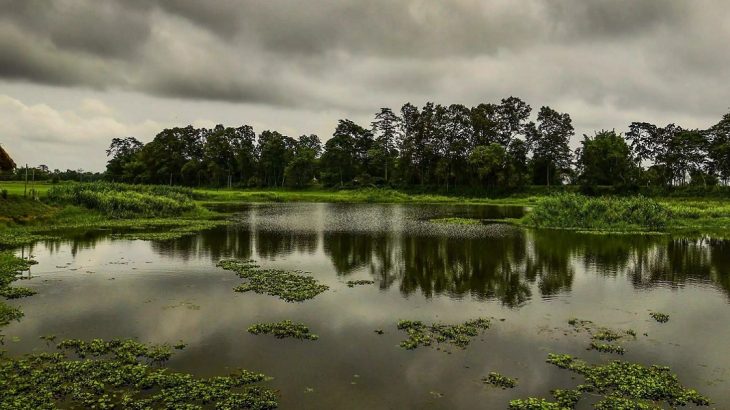
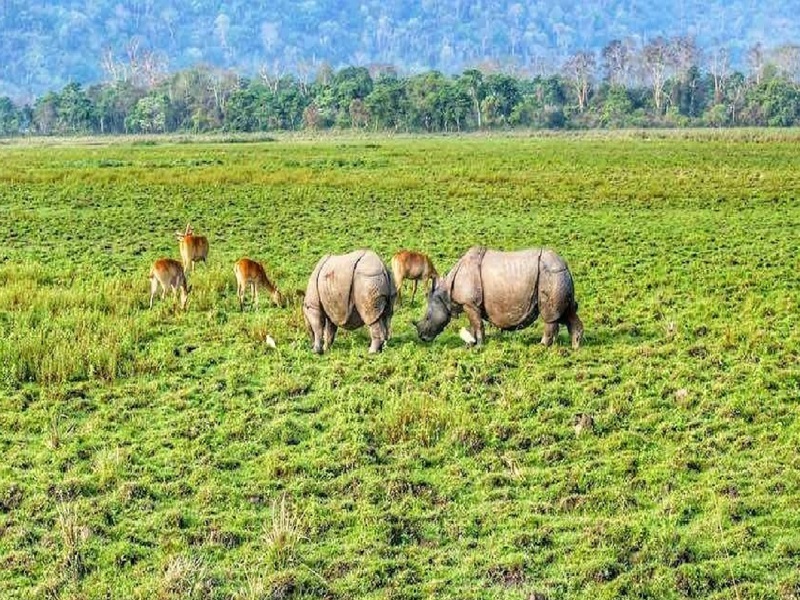
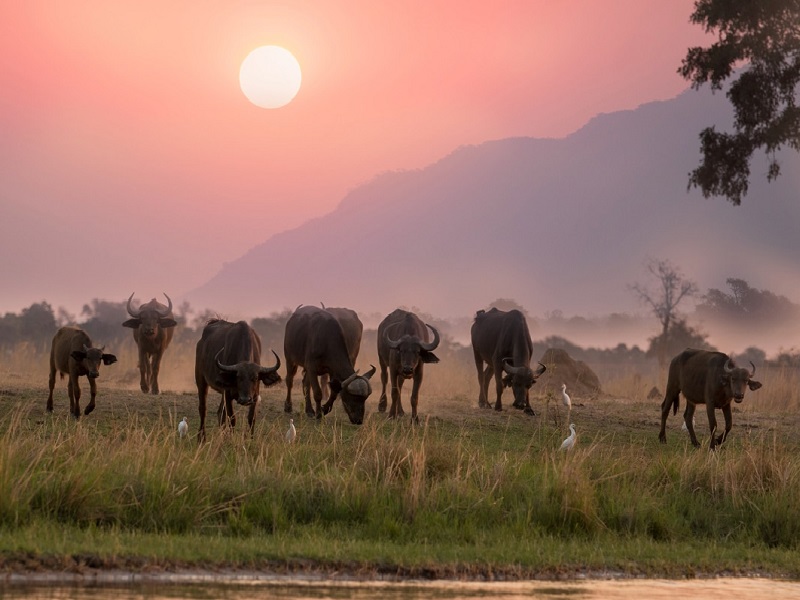
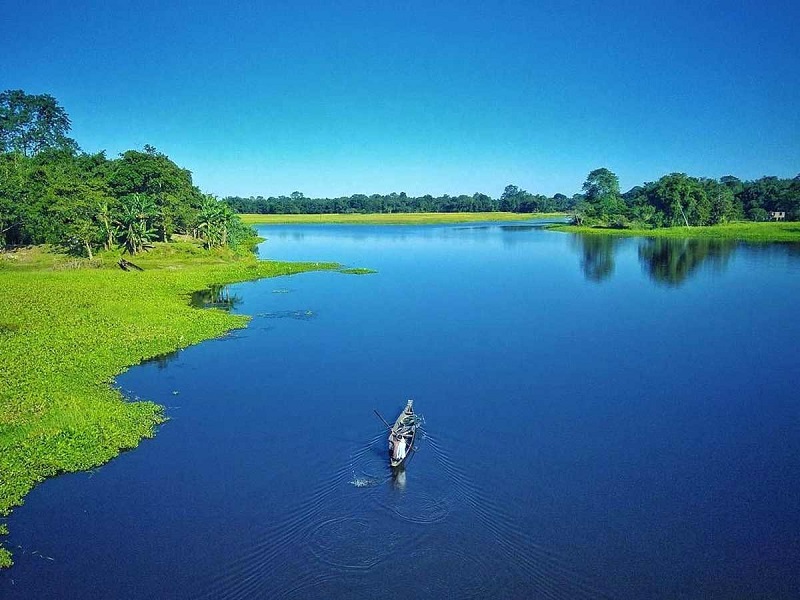
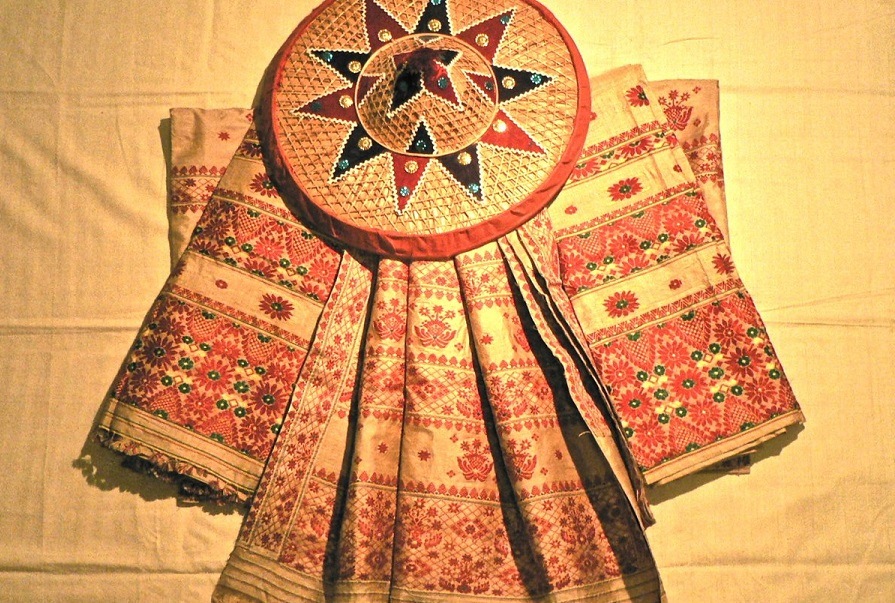
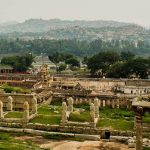
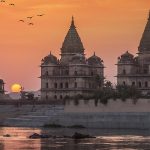
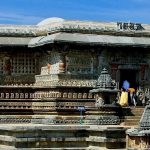


















0 thoughts on “UNESCO World Heritage Sites in Assam”